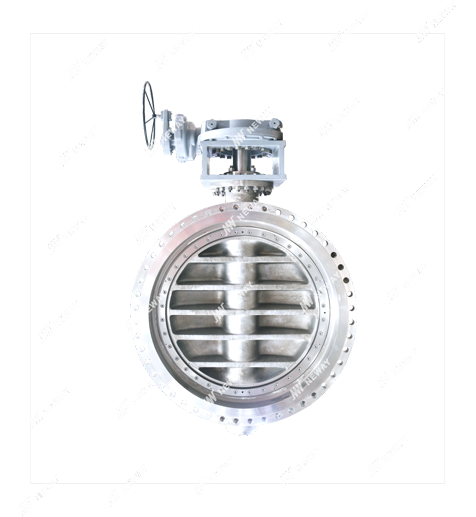Harsh industrial environments challenge even the most advanced fluid control systems. High temperatures, corrosive media, and fluctuating pressures demand solutions that can maintain performance under stress. In such scenarios, valve selection is not just a matter of specification—it’s a matter of operational survival.
The Role of Valve Design in Extreme Conditions
The engineering behind industrial valves has evolved significantly to address extreme service requirements. Designs like triple offset butterfly valves offer unique advantages, particularly in minimizing wear, ensuring tight sealing, and enabling long service life. The “triple offset” refers to a specific geometry that reduces friction during operation, preventing the degradation common in conventional valve types. This design choice directly impacts efficiency, safety, and maintenance schedules, making it a preferred option for industries like oil and gas, power generation, and chemical processing.
Why Neway’s Approach Fits the Challenge
Within this demanding field, the Neway triple offset butterfly valve exemplifies how innovation meets industry needs. Complying with API609 standards, it provides bi-directional zero leakage, even in severe service. The low torque operation allows for easier handling, while its metal seat design withstands harsh conditions where elastomeric seats would fail. Although just one of many solutions available, it represents the shift toward more sustainable and maintenance-friendly equipment in modern industrial systems.
Conclusion
In the battle against environmental stress and operational wear, choosing the right valve design can safeguard productivity and reduce long-term costs. While multiple engineering options exist, the principles behind the Neway Valve triple offset butterfly valve demonstrate how precise design and quality materials can redefine what’s possible in fluid control.




